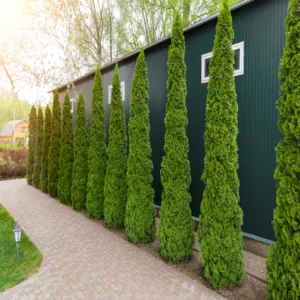Ever wondered why there’s laws dictating when you can prune elm trees? First, it’s important to appreciate that Elms are something of a miracle tree. Urban boulevards (a word actually meaning “tree lined street”) are a lousy place to be a tree… relentless air, light, and ground pollution, compacted cement-blanketed soil, and the absence of the crucial forest community. Thriving in this environment should be impossible. From the very few capable candidates, selecting for a tree with a predictable and uniform enough growth habit, you begin to see it’s almost as if nature tailor made this tree for city life. And that’s saying nothing about it’s elegant, signature look. With the umbrella like arched canopy that seems to spill out of the sky.
Which is why the loss of hundreds of millions of these precious and timeless cohabitants in the early 20th century sent ripples through our society. The impact was so severe that even in the midst of the Great Depression, millions of public dollars were allocated in a desperate effort to preserve the remaining stands of historic (some already centuries old) trees. The science of urban forestry was changed forever.
Dutch Elm disease is a fungus carried by a beetle that enjoys nesting in and feeding on the bark of elm trees. Once this fungus is transmitted to the tree, it quickly spreads through the live tissue of the tree like cancer. Since these beetles are attracted to freshly cut or exposed elm wood, elm pruning is relegated to the colder months, when the beetles aren’t active, though you can fully remove and properly dispose of one any time.
Although it can be a bit of a nuisance to be told when you can trim your own tree, it’s a small price to pay to preserve our precious street dwelling friends.





